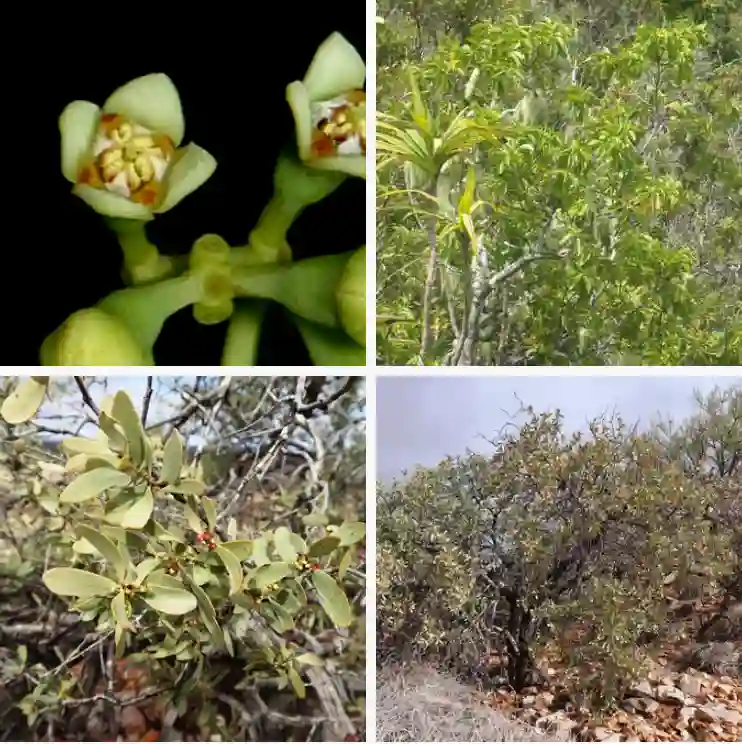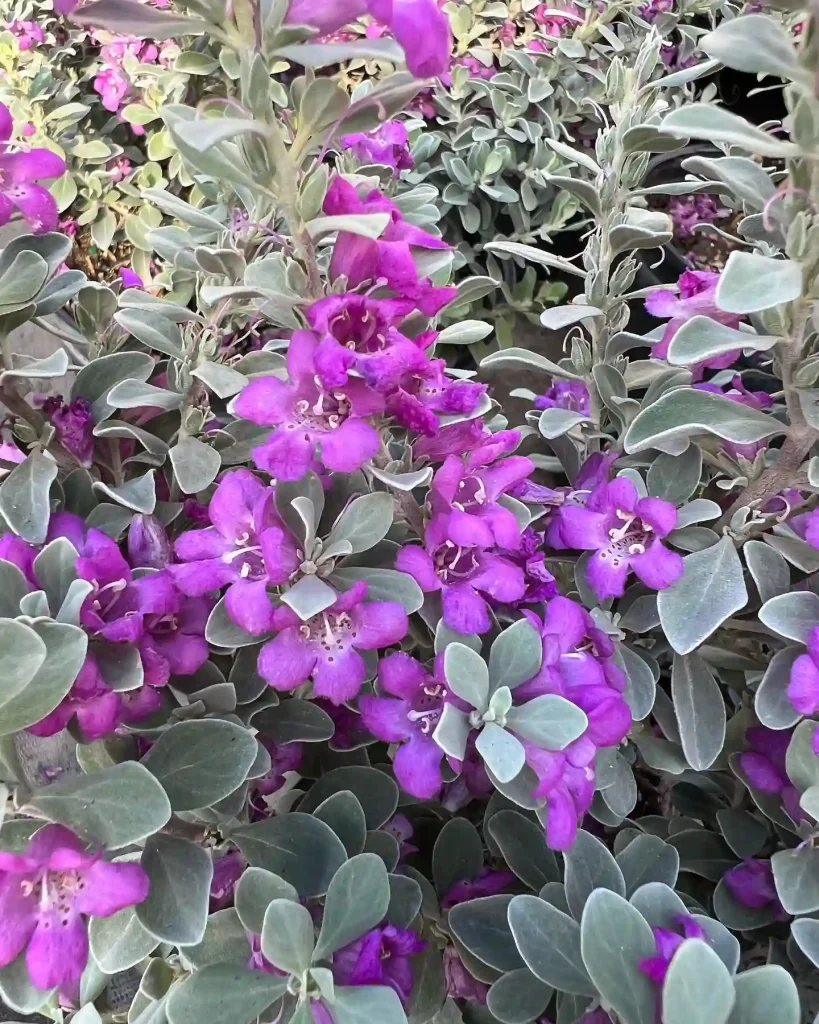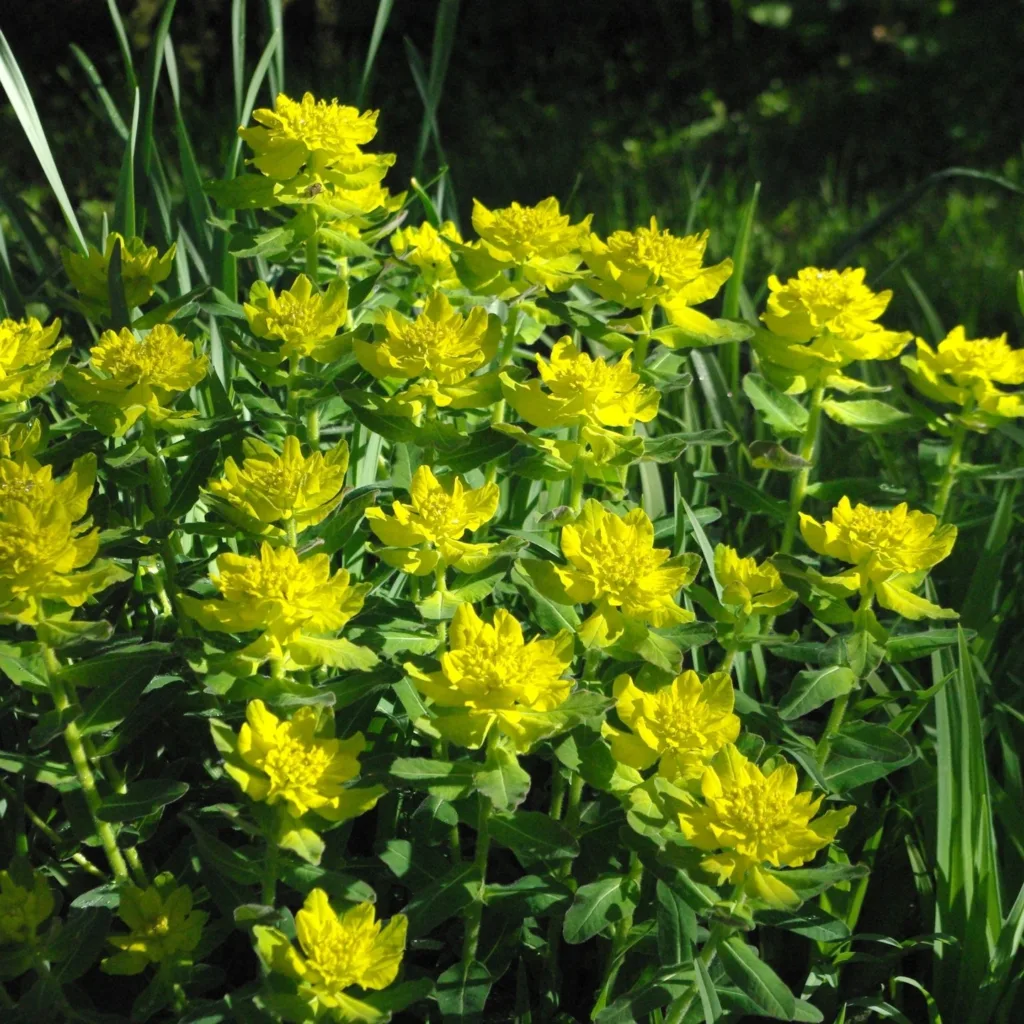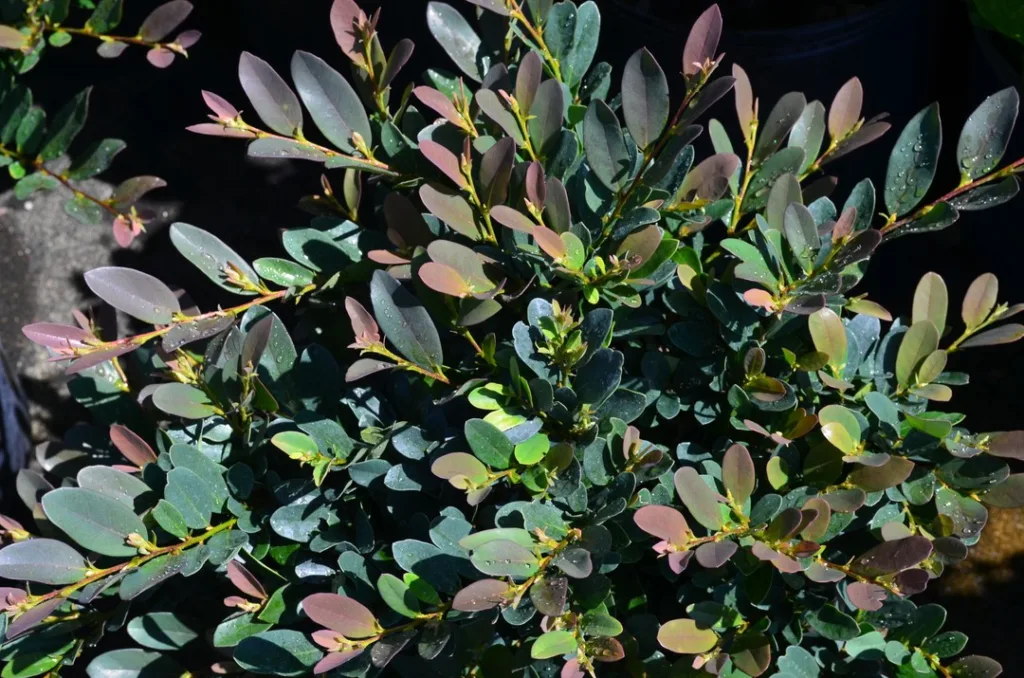Monkeyflowers: A Personal Fascination with Mimulus
My name is Ferb Vu, and I’ve always been drawn to the natural world, particularly the intricate beauty of flowering plants. Among them, the genus Mimulus from the Phrymaceae family, commonly known as monkeyflowers, holds a special place in my heart. These vibrant and diverse plants have captivated me with their unique forms, striking colors, and fascinating adaptations.
A Diverse Genus with a Shrinking Roster
The name Mimulus comes from the Latin word mimus, meaning “mimic,” which is quite fitting considering the flowers’ uncanny resemblance to monkey faces. This likeness, along with their vibrant colors, makes them a favorite among gardeners and nature enthusiasts alike.
- Mimulus alatus: Known as the winged monkey flower, it features distinctive wing-like structures on its stems and thrives in moist, sunny environments.
- Mimulus aquatilis: Commonly referred to as the water monkey flower, this aquatic plant prefers shallow waters and is characterized by its bright yellow flowers.
- Mimulus gracilis: Often called the slender monkey flower, it has slender, upright stems and delicate flowers, commonly found in wetlands.
- Mimulus madagascariensis: This species is endemic to Madagascar and is recognized for its vibrant flowers that attract various pollinators.
- Mimulus orbicularis: Known as the round monkey flower, it features circular leaves and bright yellow flowers, often found in riparian habitats.
- Mimulus ringens: Commonly called the square-stemmed monkey flower, it is notable for its square stems and grows in wet meadows and along stream banks.
- Mimulus strictus: Known as the strict monkey flower, it has a more upright growth habit and is often found in wetland areas with high moisture levels.
Adaptations and Ecological Significance
Despite their reduced numbers, the remaining Mimulus species continue to showcase the remarkable diversity and adaptability that initially drew me to this genus. They thrive in a variety of habitats, from moist woodlands and stream banks to rocky outcrops and even coastal cliffs.
One of the most fascinating aspects of Mimulus is their ability to adapt to diverse pollination strategies. Some species, like Mimulus ringens, have evolved specialized floral structures to attract specific pollinators, such as bumblebees. Others, like Mimulus guttatus, are more generalist, welcoming a wider range of visitors, including hummingbirds and butterflies.
This adaptability extends beyond pollination. Mimulus species also exhibit a range of strategies for seed dispersal, ensuring their continued survival and propagation. Some rely on wind dispersal, while others utilize water or even animal vectors to spread their seeds far and wide.
A Model Organism for Scientific Research
Beyond their aesthetic appeal and ecological importance, Mimulus species have also gained recognition as valuable model organisms in scientific research. Their genetic diversity, coupled with their relatively short generation times and ease of cultivation, make them ideal subjects for studying evolutionary processes, adaptation, and speciation.
Researchers have used Mimulus to investigate a wide range of topics, including:
- The genetic basis of floral traits: Studies on Mimulus have helped unravel the complex genetic networks responsible for flower color, shape, and size, shedding light on the evolution of floral diversity.
- Adaptation to environmental stress: Mimulus species exhibit a remarkable ability to tolerate various environmental stressors, such as drought, salinity, and heavy metal contamination. Researchers are exploring the genetic and physiological mechanisms underlying this tolerance, with potential applications in developing stress-resistant crops.
- The evolution of mating systems: Mimulus species display a range of mating systems, from self-fertilization to outcrossing. This variation makes them ideal for studying the evolutionary forces that shape mating systems and their impact on genetic diversity.
A Continued Source of Inspiration
My fascination with Mimulus continues to grow as I delve deeper into their biology and ecological significance. These plants serve as a constant reminder of the incredible diversity and resilience of the natural world. Their ability to adapt and thrive in a variety of environments inspires me, and their intricate beauty never ceases to amaze.
Whether I’m admiring their vibrant colors in a garden or learning about their fascinating adaptations in a research paper, Mimulus always brings a sense of wonder and appreciation for the natural world. I encourage everyone to take a closer look at these remarkable plants and discover the fascinating world of monkeyflowers for themselves.
If i die, water my plants!



